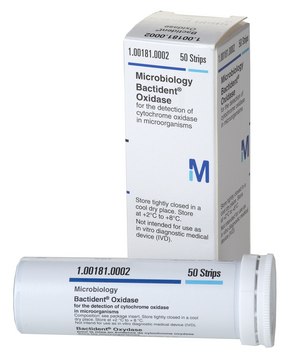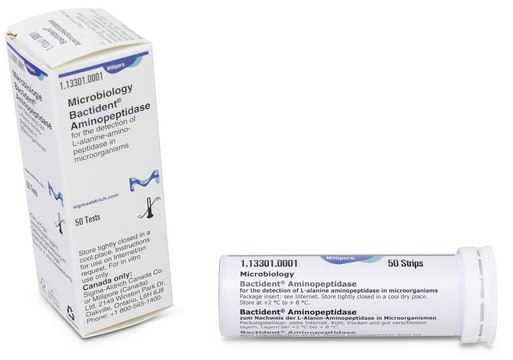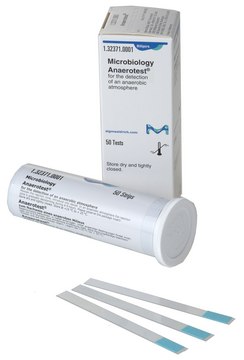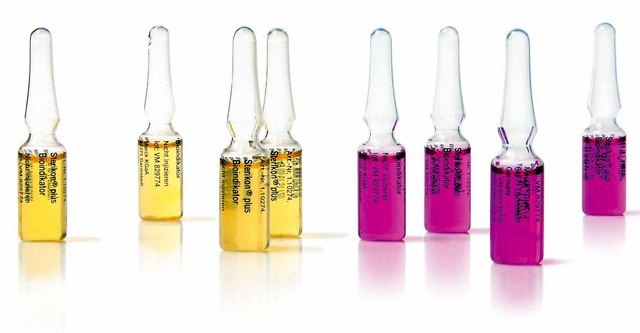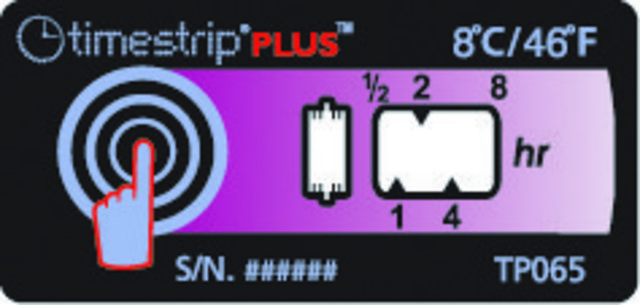40560
Oxidase Test Strips
suitable for agriculture, clinical testing, environmental, food and beverages, pharmaceutical, microbiology and specific enzyme detection
Synonym(s):
Cytochrome oxidase activity
Select a Size
Select a Size
About This Item
Recommended Products
Product Name
Oxidase Strips, suitable for microbiology
Agency
according to ISO 9308-1:2014
product line
BioChemika
shelf life
limited shelf life, expiry date on the label
packaging
package of 100 strips
technique(s)
microbe id | specific enzyme detection: suitable
antibiotic activity spectrum
Gram-negative bacteria
application(s)
agriculture
clinical testing
environmental
food and beverages
pharmaceutical
microbiology
storage temp.
2-8°C
suitability
Plesiomonas spp.
Aeromonas spp.
Neisseria spp.
Pseudomonas spp.
General description
Application
Packaging
Components
related product
Storage Class Code
11 - Combustible Solids
WGK
WGK 1
Flash Point(F)
Not applicable
Flash Point(C)
Not applicable
Personal Protective Equipment
Choose from one of the most recent versions:
Already Own This Product?
Find documentation for the products that you have recently purchased in the Document Library.
Articles
There are many other methods of detection to indicate the presence of E. coli. Review common tests and biochemical reactions for this contaminant.
Specific agars and broths support detection and cultivation of Campylobacter, requiring complex media with essential supplements.
Chromogenic media enable the selective detection of S. aureus, which produce bluish-green colonies that are clearly differentiated from other species.
For microbiologists the most fundamental stain was developed in 1884 by the Danish bacteriologist Hans Christian Gram.
Protocols
General guidance for the detection and enumeration of Enterobacteriaceae in food according to EN-ISO 8523:1991 and EN-ISO 4832:1991, respectively.
Listeria is a public health concern, affecting elderly, pregnant, newborns, and immunocompromised individuals.
Our team of scientists has experience in all areas of research including Life Science, Material Science, Chemical Synthesis, Chromatography, Analytical and many others.
Contact Technical Service
